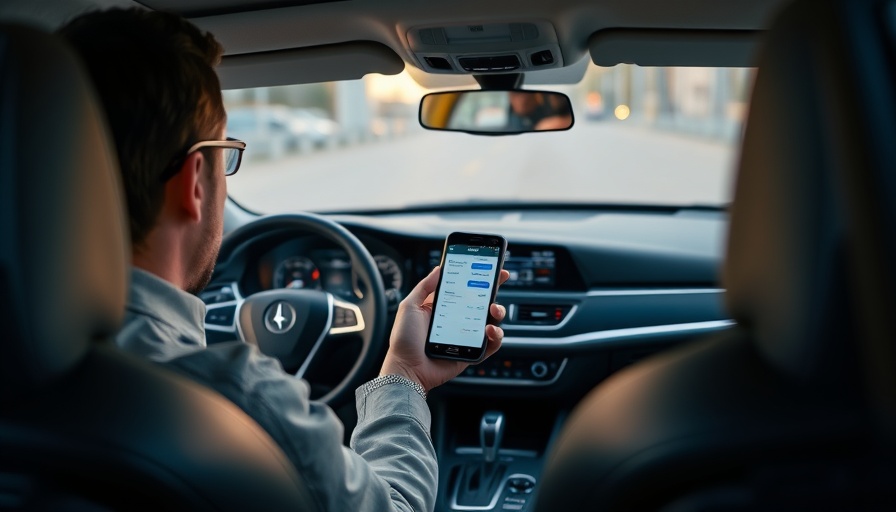
Revamping Classic Beauty: The Rise of Vintage Electric Vehicle Conversions
Classic cars have long been celebrated for their aesthetic and engineering allure, but the automotive world is evolving. The arrival of vintage electric vehicle (EV) conversions offers a compelling way to preserve these beautiful machines while embracing modern innovation. Imagine cruising a 1960s Jaguar or a vintage Volkswagen Bus, powered by a silent yet potent electric motor. This unique blend of history and cutting-edge technology has car enthusiasts buzzing.
What is a Restomod EV Conversion?
A restomod combines restoration with modern modifications, focusing on performance, safety, and reliability. An EV conversion takes this a step further, swapping out the outdated gasoline engine for a powerful electric motor. This process not only revitalizes the vehicle, enabling it to drive like a dream but also helps maintain its original character. With enhancements to brakes, suspension, and interior, drivers can embrace modern upgrades without sacrificing the nostalgic feel.
Benefits You Can't Ignore
The benefits of converting classic vehicles into electric ones are numerous:
- Performance Boost: Classic cars often struggle with outdated engines, but electric powertrains provide instant torque. With 100% of their torque available from zero RPM, vintage EVs can surprise even seasoned drivers with their acceleration.
- Maintenance Simplicity: Traditional cars require regular tune-ups, and seeking spare parts can be a hassle. In contrast, electric motors have fewer moving parts, drastically reducing maintenance needs.
- Eco-Friendly Driving: By converting older vehicles, you're giving them a new lease on life while simultaneously reducing emissions. You can enjoy the thrill of classic driving without guilt!
Challenges on the Road Ahead
Despite the appealing benefits, converting a vintage car to electric isn’t without its challenges. The initial investment for modern electric components can be significant, and the conversion process requires careful attention to detail to ensure top-notch performance. Additionally, not every classic car model is suited for an EV conversion, so it's essential to research and plan thoroughly.
Final Thoughts
Vintage electric vehicle conversions are a bridge between passionate nostalgia and innovative technology. They represent a forward-thinking approach to car enthusiasts who want to honor automotive history while minimizing their ecological footprint. Whether you're an auto dealer, a part manufacturer, or an accessory creator, understanding this trend is essential to stay ahead in the automotive market!
If you're inspired by the idea of transforming a vintage car into an eco-friendly marvel, consider delving deeper into automotive technology. Explore the latest trends and innovations within the world of classic electric vehicles. Car lovers and eco-warriors alike have a unique opportunity to keep these classic beauties alive in a modern, sustainable way.
 Add Row
Add Row  Add
Add 




Write A Comment